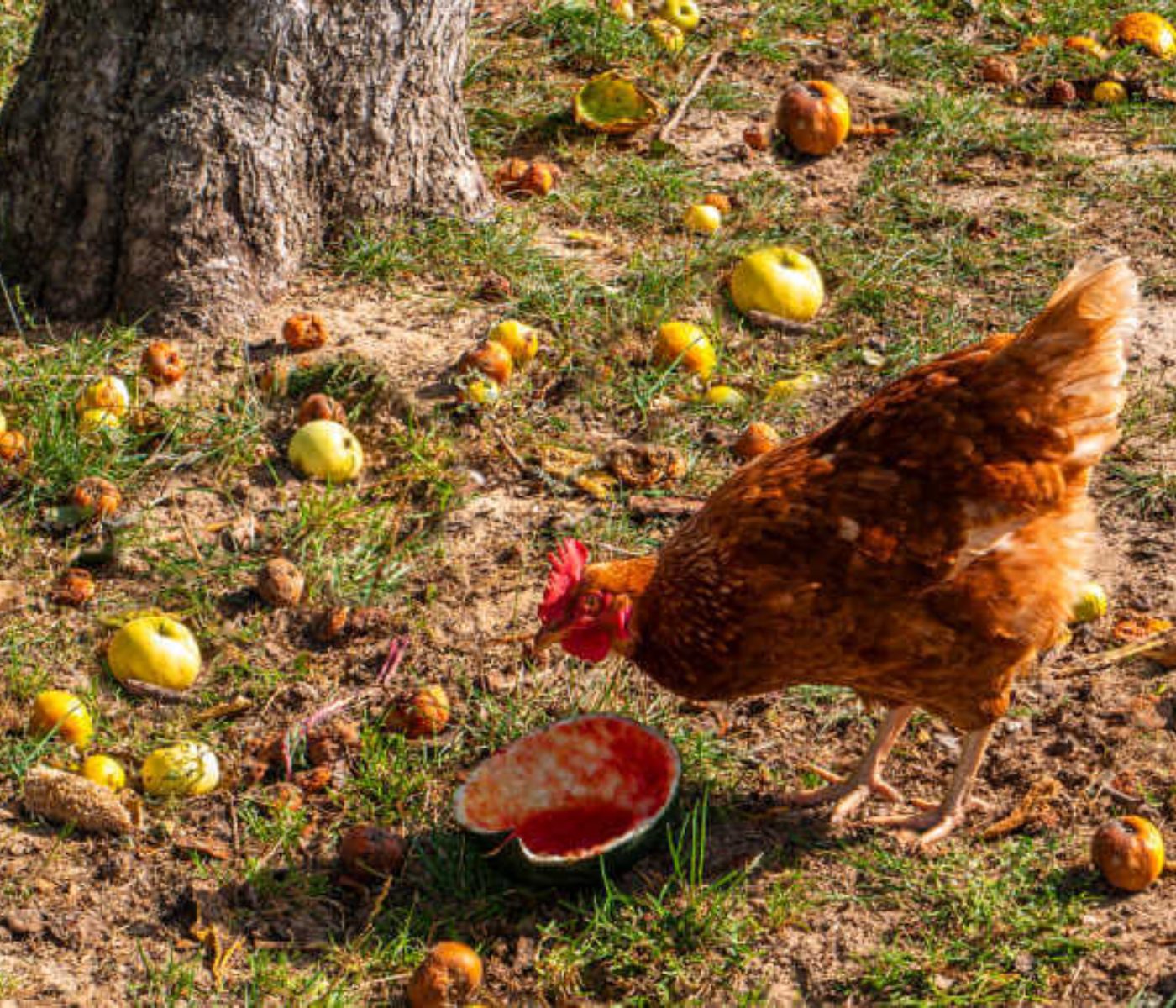 24 Mar 2023
24 Mar 2023

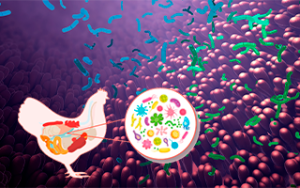
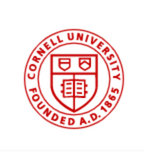
A study carried out by a group of researchers at Cornell University aimed to evaluate the in vivo effects of Empire apple juice, pomace, and pulp soluble extracts on intestinal functionality, morphology, and the microbiome of broilers (Gallus gallus).
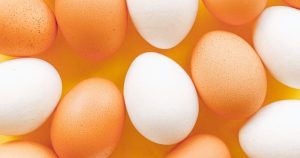
Researchers found that introducing apple juice and pomace into the egg contributed by:
enhancing the transport system for amino acids in chicks
improving iron bioavailability
boosting microbial populations in the large intestine of the poult
supporting the growth of potentially beneficial gut bacteria
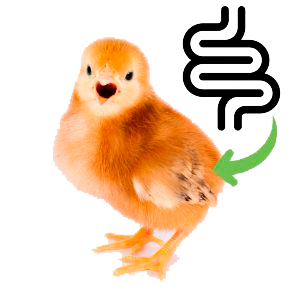
Circular economy approach
“If we can potentially use the pomace, which is rich in nutrients, we can add it to the diet of broilers,” said Tako. “We can improve the nutrition in their feed and achieve productivity in a more natural way.”
Conclusions
The obtained results suggest that the tested apple fractions, have the capacity to influence gut health by modifying:
Apple pomace proved to be beneficial for overall health as it was shown to:
Subscribe now to the technical magazine of animal nutrition
AUTHORS

Evaluation of Different Levels of Digestible Phosphorus in Layer Hens
Miguel Alberto Pérez Espinoza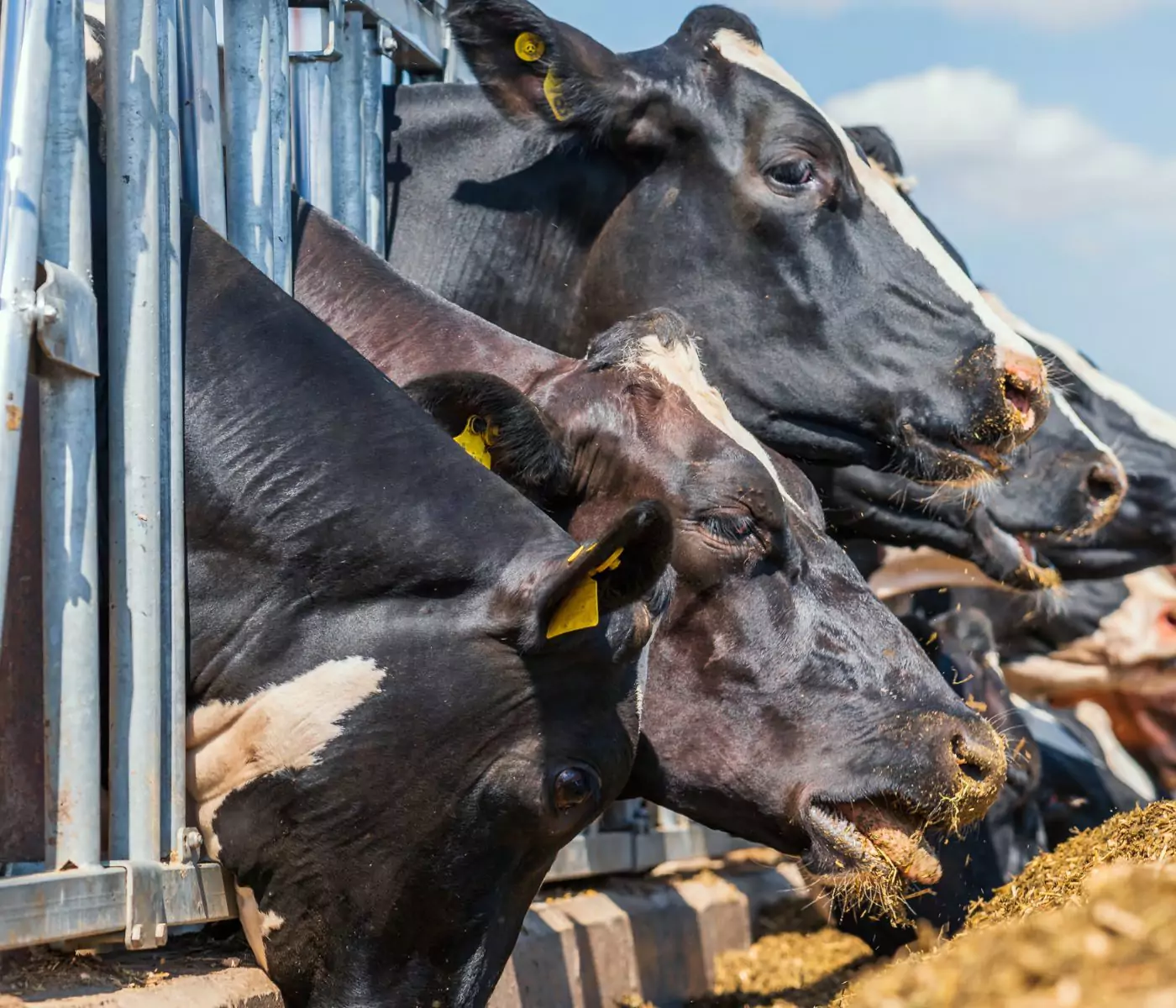
AMINO ACIDS IN THE FEEDING OF CATTLE (PART 1)
Breno Luis Nery Garcia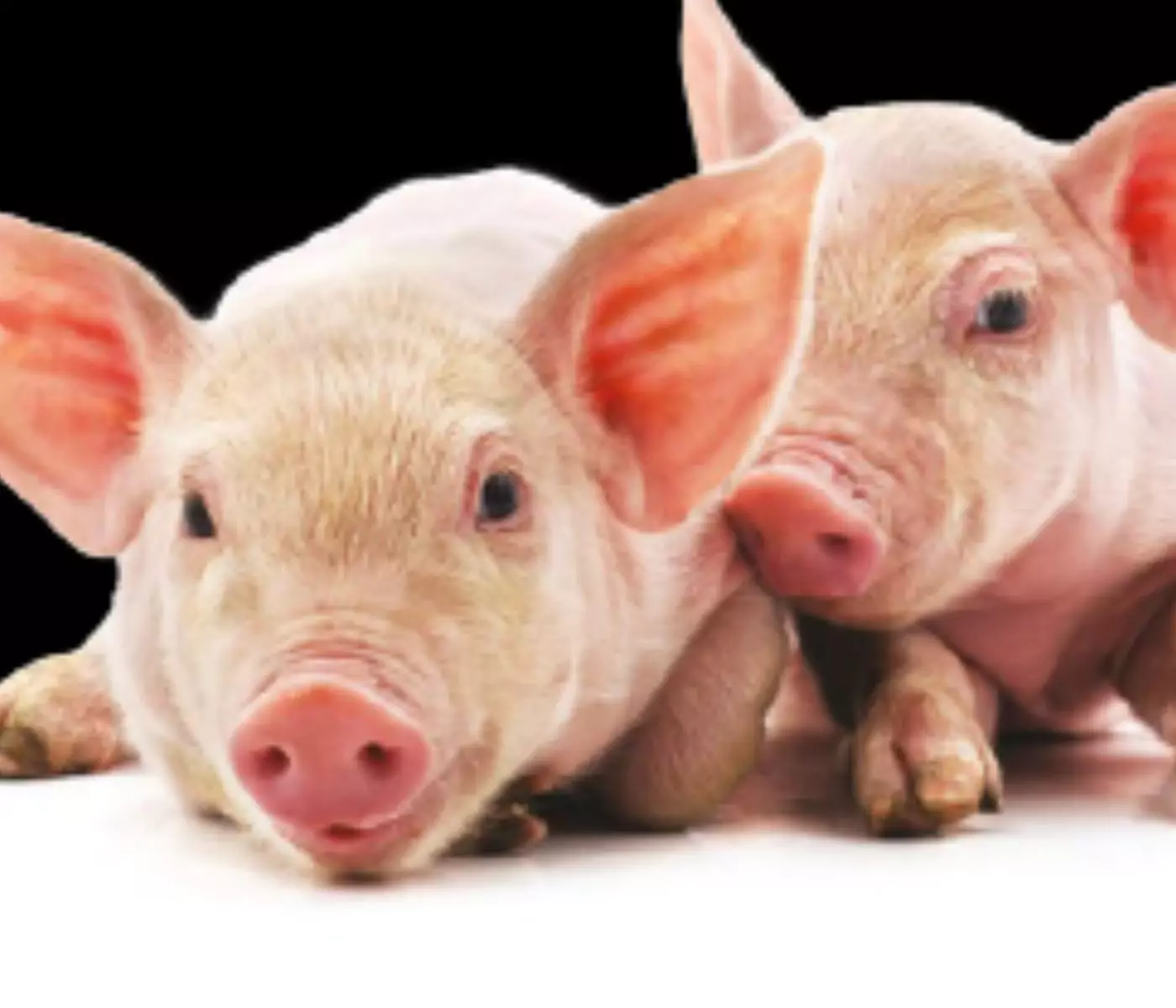
Vitamins for Swine Health, Welfare, and Productivity
Edgar Oviedo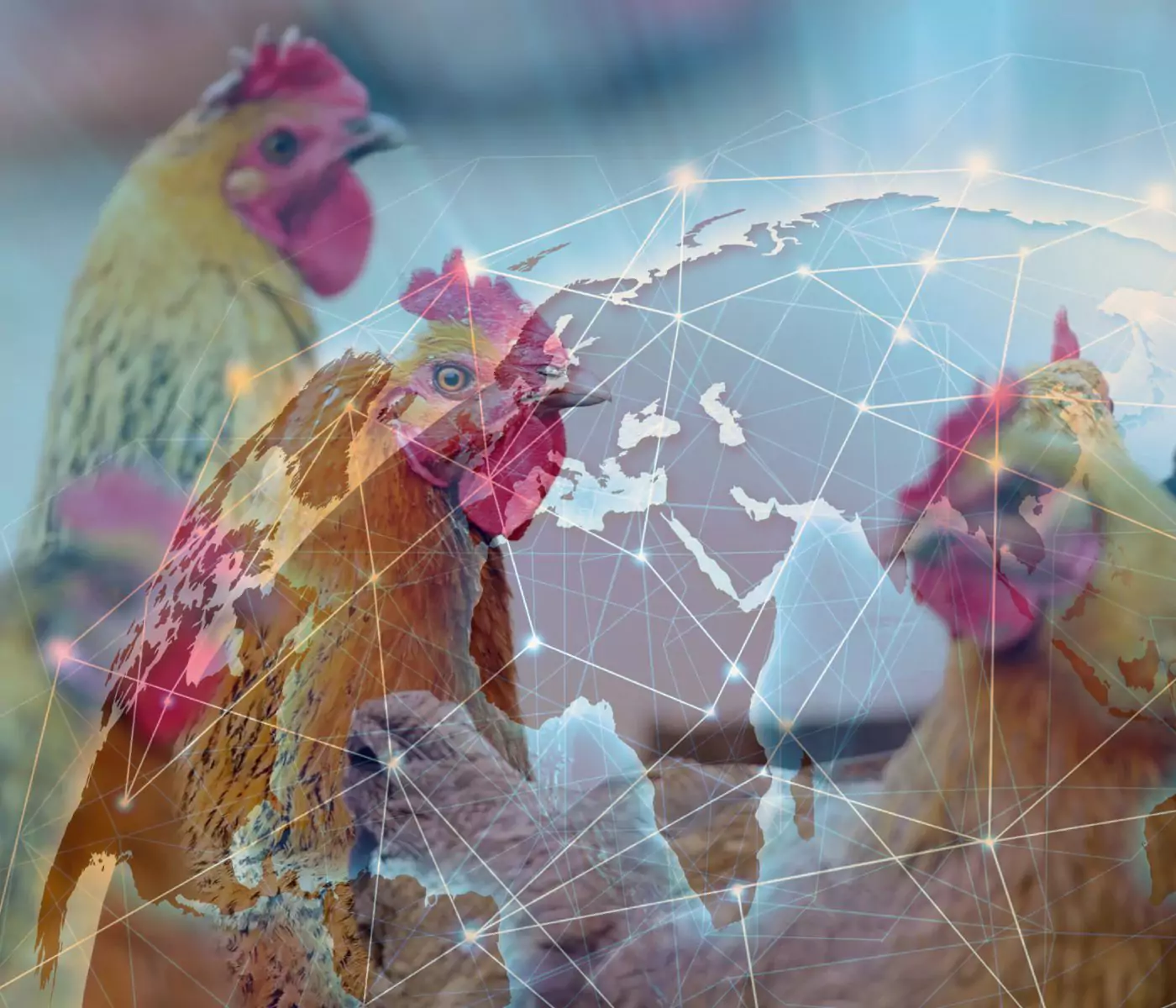
Advances in Poultry Nutrition: International Poultry Scientific Forum 2024
Edgar Oviedo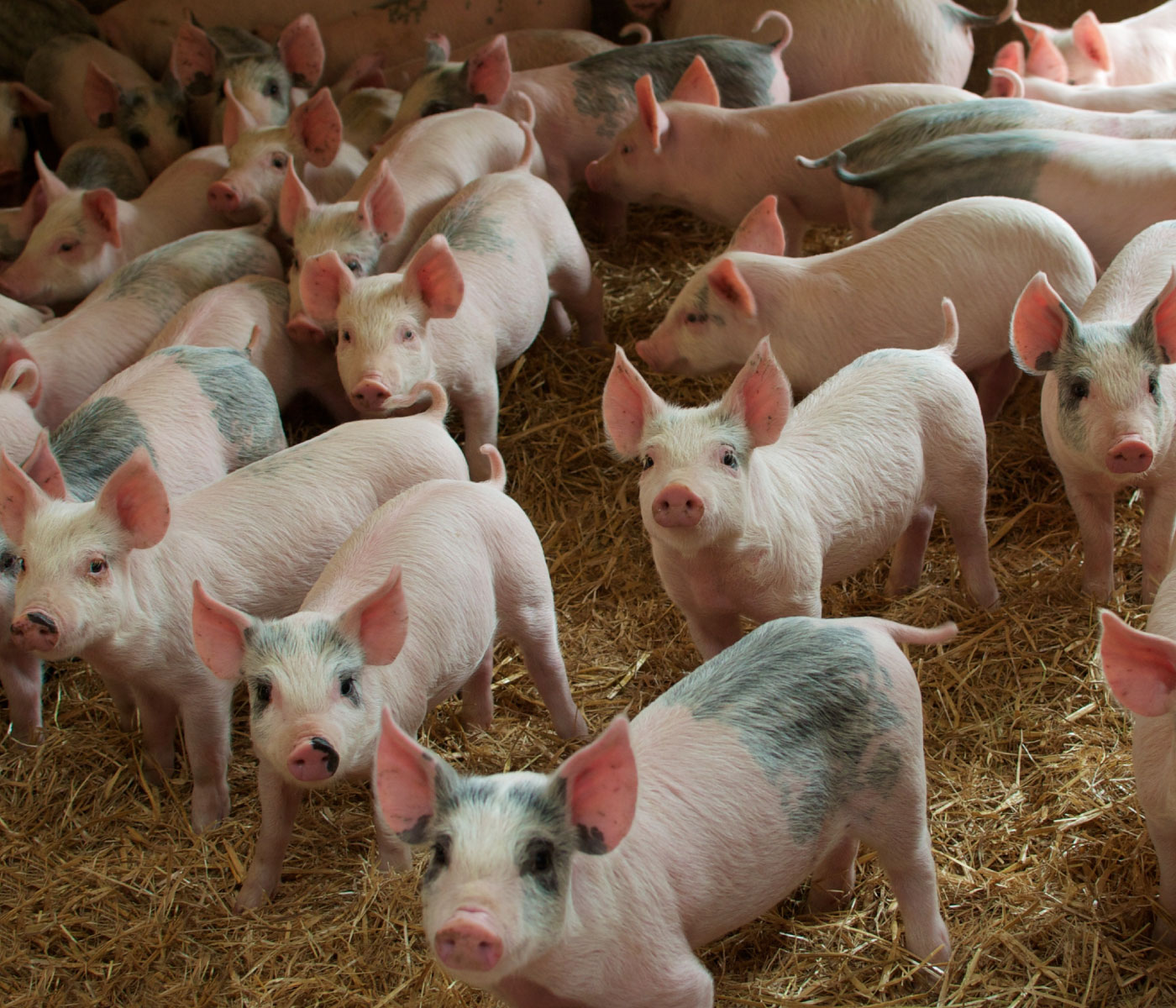
Optimizing pig nutrition for enhanced resilience
Gwendolyn Jones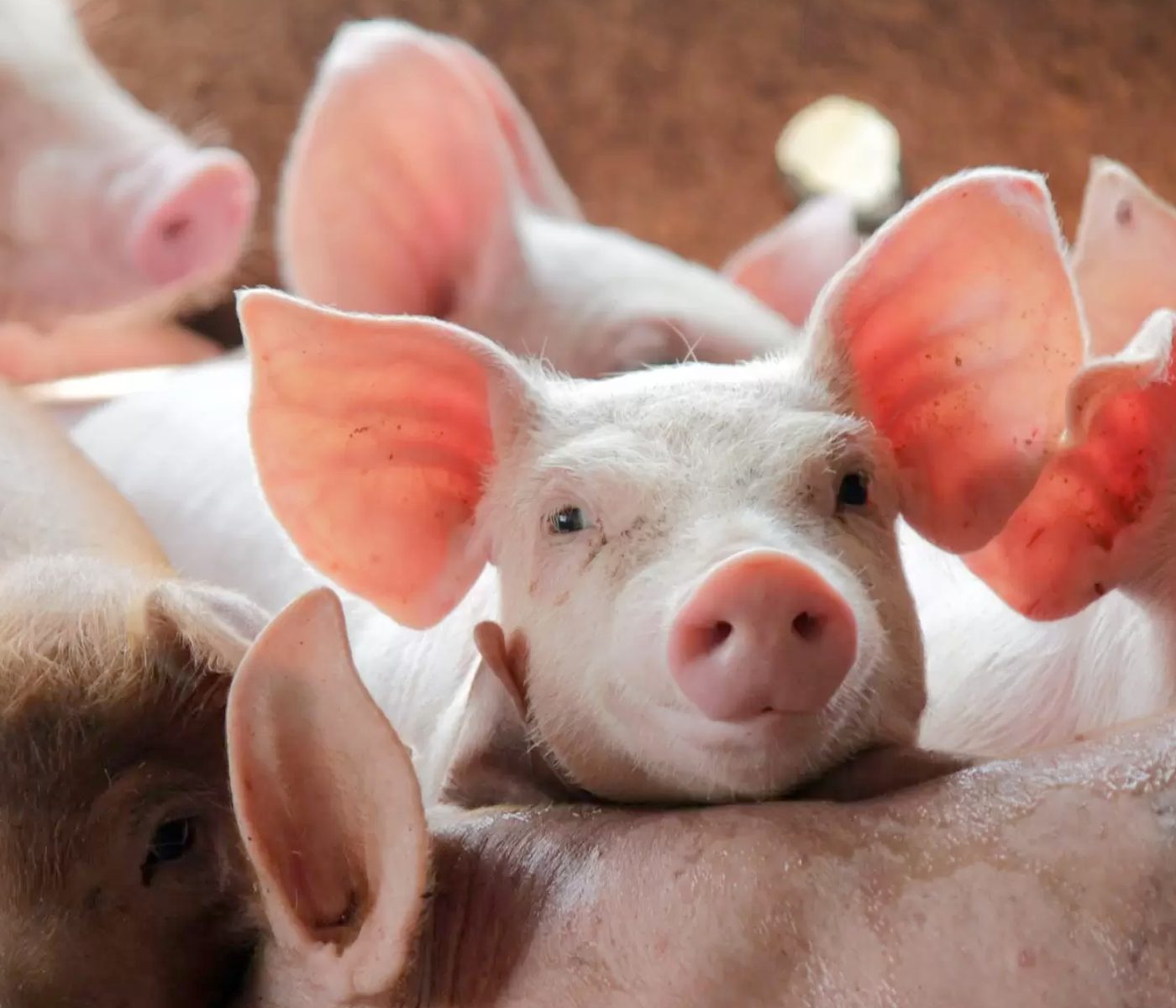
Optimizing Nutritional Formulas: A Vital Practice for Success
Gabriela Martínez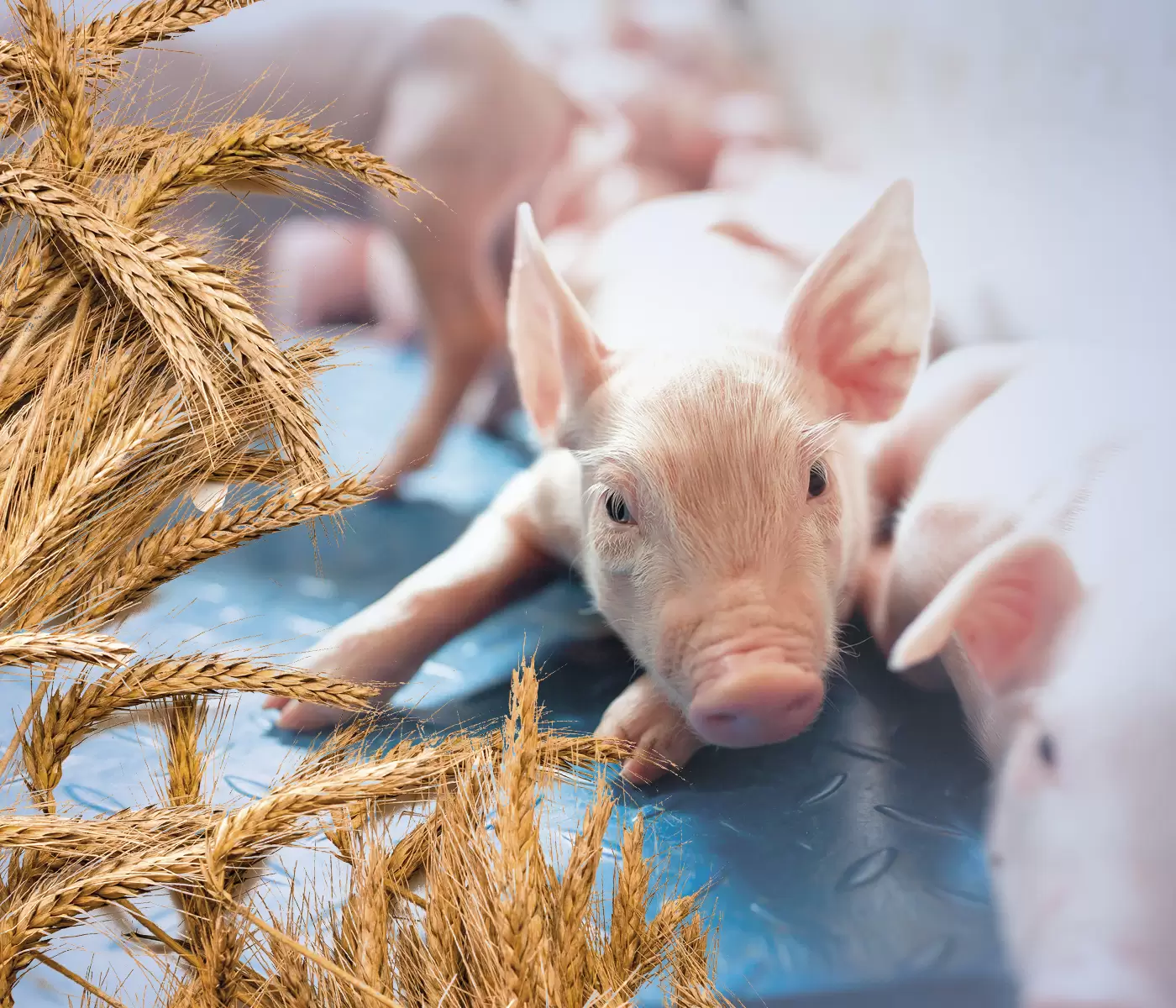
Sustainable performance with hybrid rye?
Dr. Volker Wilke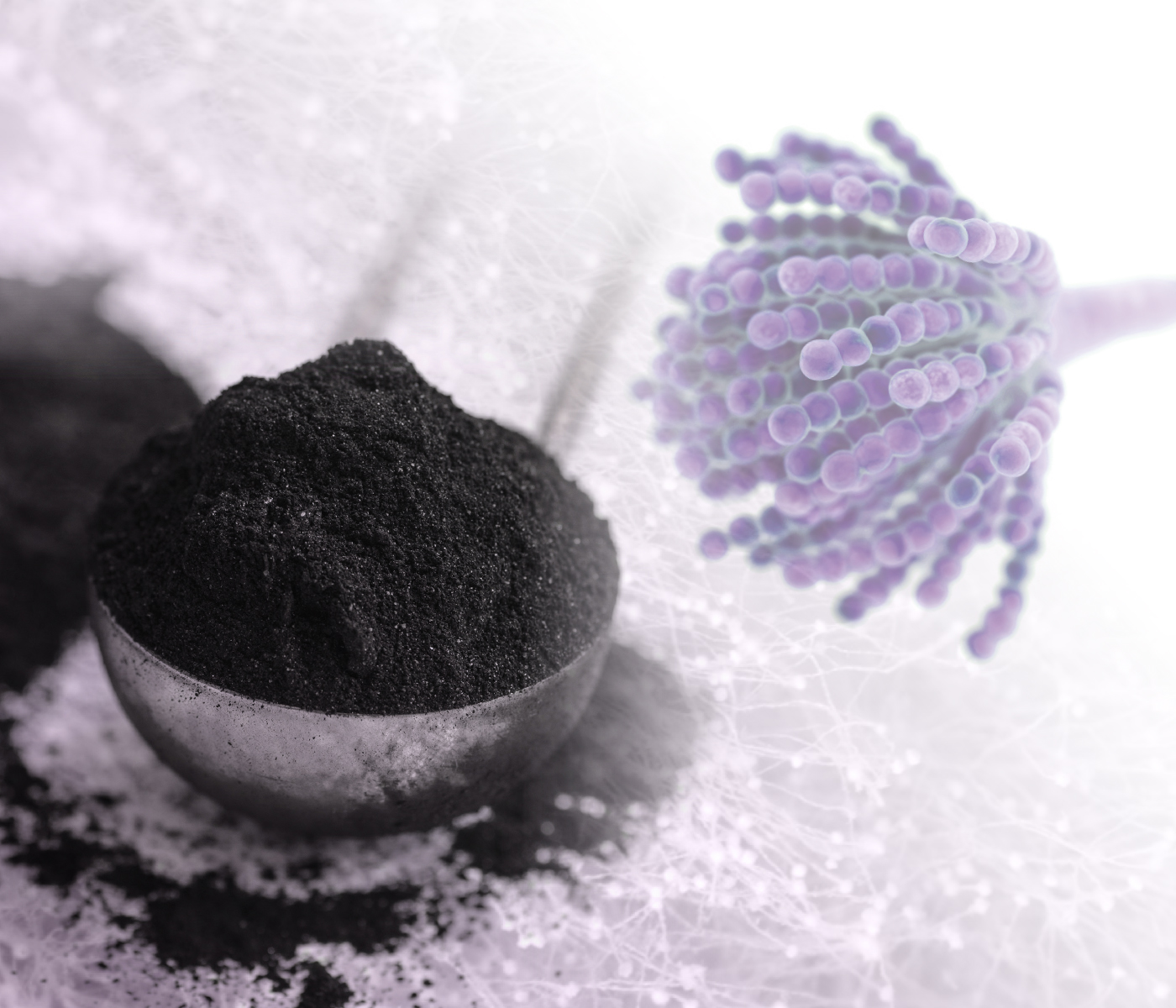
Novel Approaches for Evaluating the Efficacy of Mycotoxin Adsorbents
Abdelhacib Kihal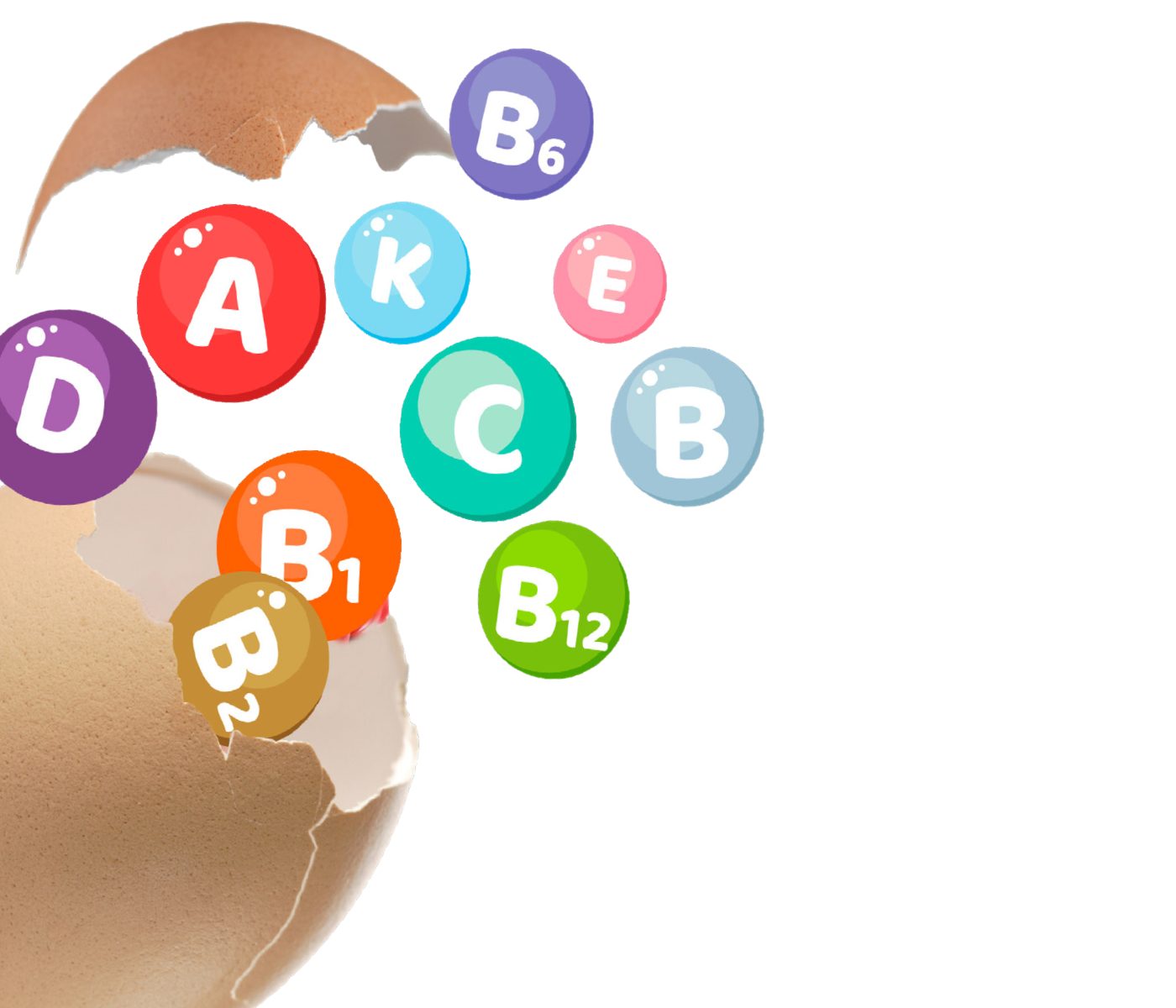
The Importance of Vitamins in Modern Poultry Farming
Sérgio Gonçalves Mota